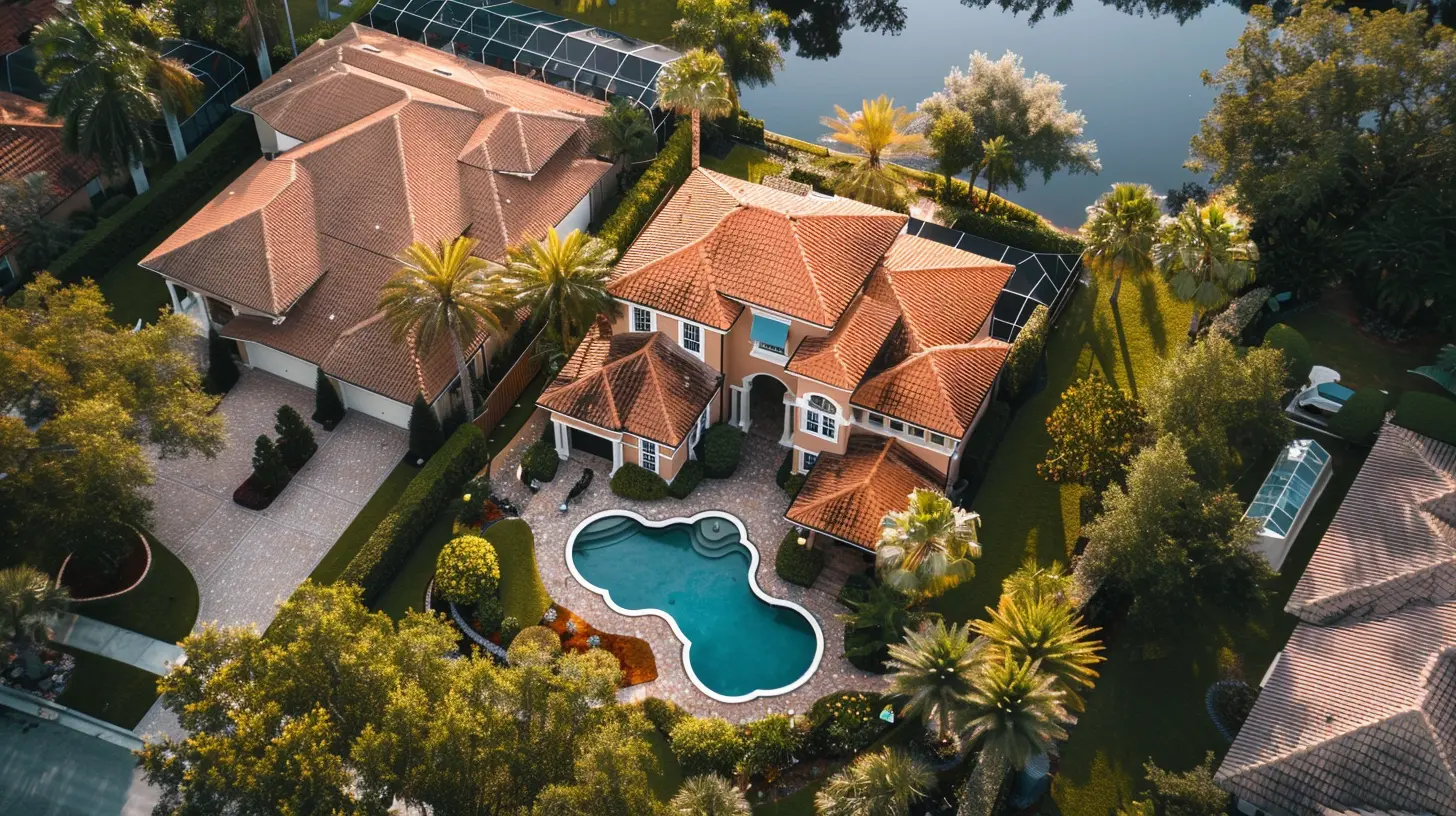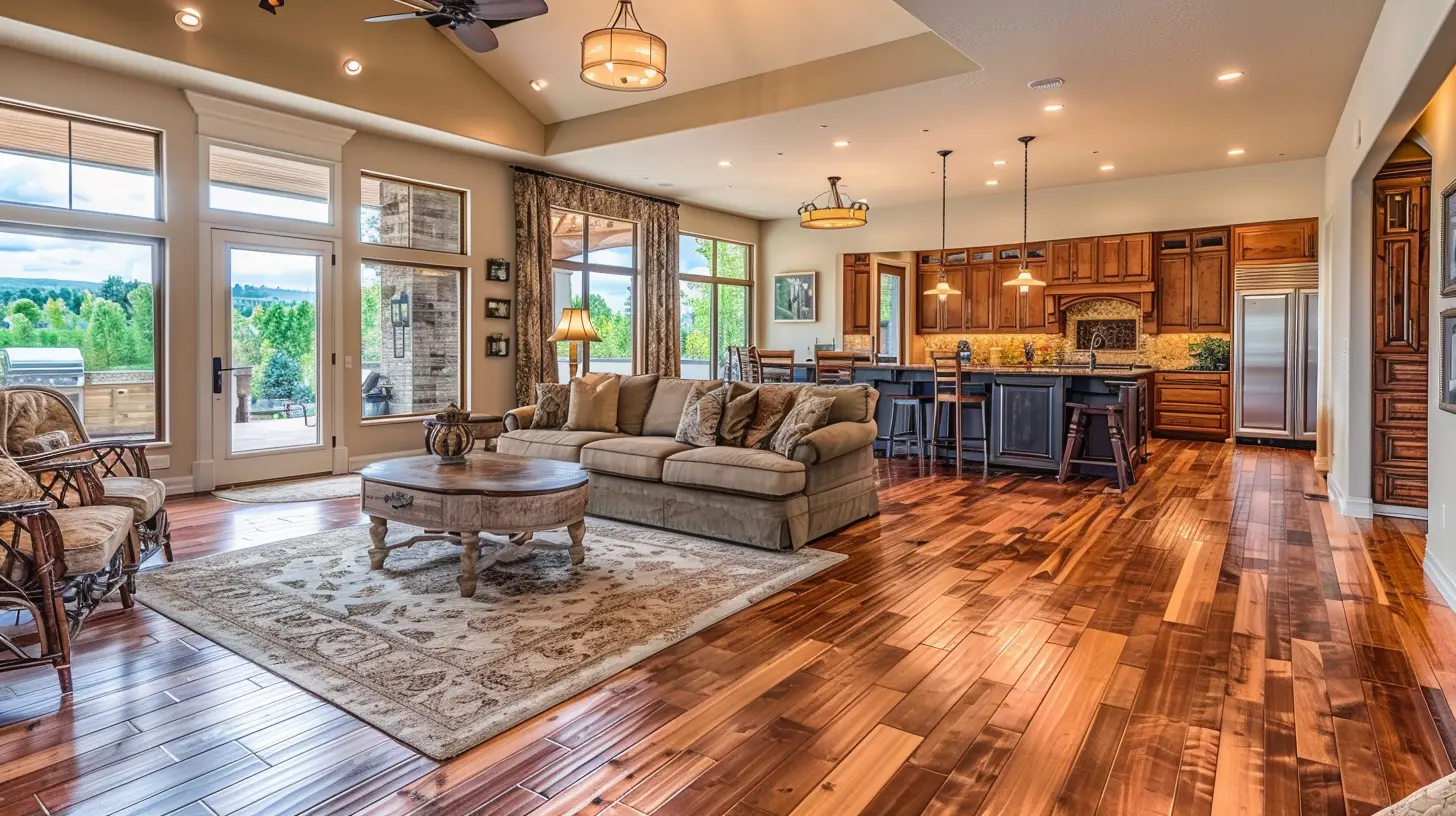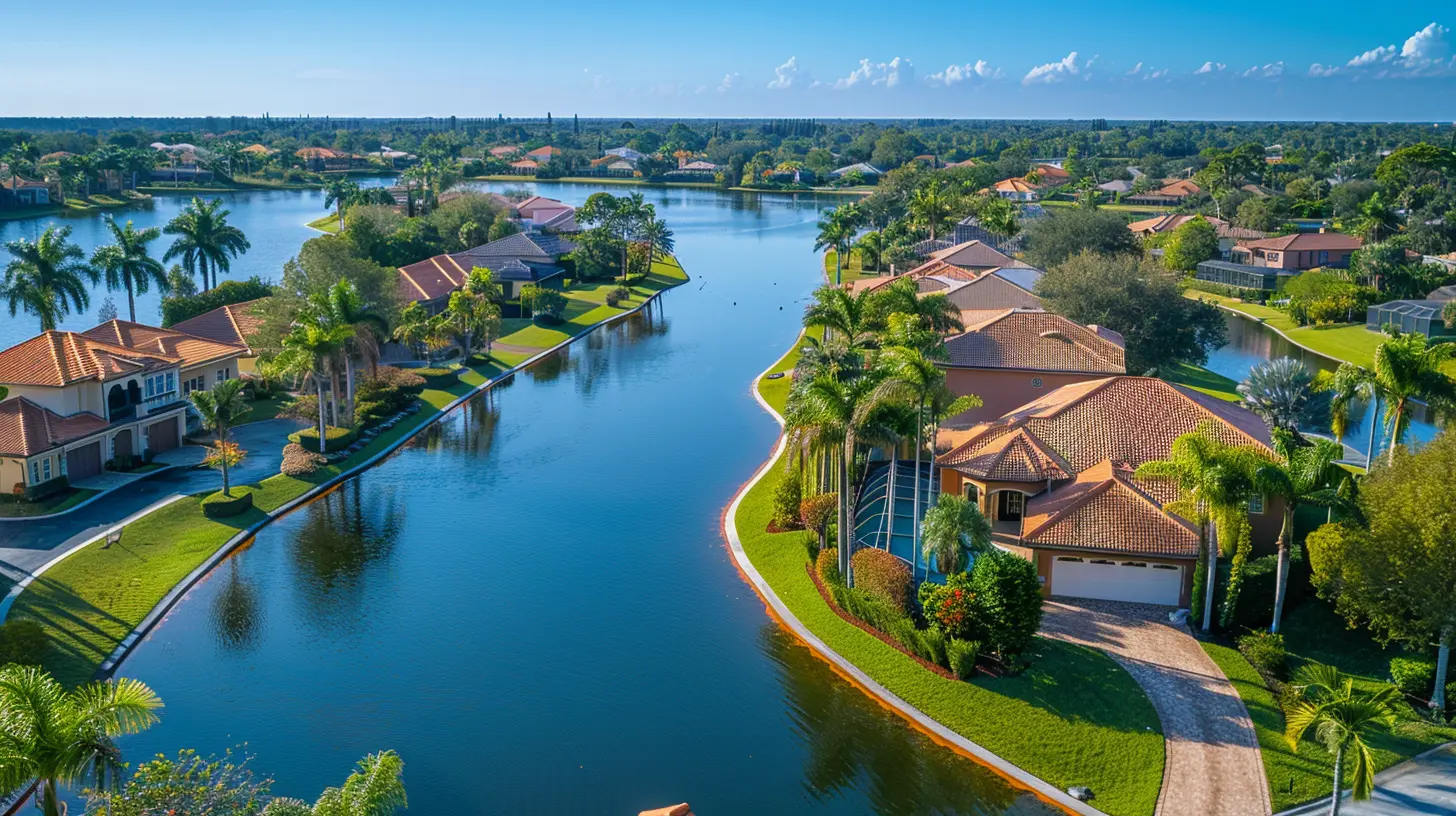Shooting for Success: Real Estate Photography That Clinches the Deal
1 November 2025
Let’s be honest—when was the last time you clicked on a messy, dark photo while browsing homes online? Yeah, probably never. And that, right there, is why real estate photography can either make or break a sale. In today’s fast-scrolling, image-driven world, first impressions count more than ever, especially in real estate.
You're not just selling a house—you’re selling a dream, a lifestyle, a "this-could-be-you" moment. And to do that, your photos need to do more than just show a room—they need to tell a story. So let’s dive into how you (or the pros you hire) can shoot for success with stellar real estate photography that actually helps seal the deal.
Why Real Estate Photography Is a Non-Negotiable
Real estate photography isn't just about snapping a few pictures and uploading them to Zillow or your MLS. It’s the difference between a listing that sits for months and one that flies off the market in days.Think about it. Over 90% of home buyers start their search online. What’s the first thing they see? Photos. Not the price, not the description, not the square footage. If the images don’t grab them, they keep scrolling.
So, if your listing photos look like they were taken with a potato, well… good luck. Great photography, on the other hand, can:
- Attract more views and showings
- Increase the perceived value of your property
- Help properties sell faster (and often for more money)
It’s like dating profiles. You might be an amazing catch, but if your photos are fuzzy and weirdly lit, you're not getting any swipes.
The Psychology Behind a “Perfect” Photo
Believe it or not, there’s some science behind all this. Humans are visual creatures. Before we even read a word, our brains make snap judgments based on what we see.Bright, clean, well-composed images make us feel good. They feel professional, polished, and trustworthy. On the flip side, dark, cluttered, or oddly angled shots create discomfort, even if we can’t explain why.
That emotional response? That’s what you want to tap into when someone sees your listing. You want them to feel like, “Yes! This could be my next home.”
Pro vs. DIY: Should You Hire a Pro Photographer?
Let’s clear this up—can you take real estate photos yourself? Totally. Should you? Eh, probably not... unless you’ve got some decent gear and a good eye.Here’s why hiring a professional real estate photographer is often worth every penny:
- They know what sells. They’ve studied angles, lighting, and composition to highlight the best features of a home.
- They have the right tools. Wide-angle lenses, tripods, drones, editing software—you name it.
- They can stage rooms with just a camera. Pros know how to make spaces look bigger, brighter, and cleaner, just with how they shoot.
DIY may save you a few bucks upfront, but poor-quality photos can cost you thousands in lost offers or a stale listing.
Essential Equipment for Great Real Estate Photos
Okay, let’s say you’re bold and want to give it a shot yourself. Fair enough! Here’s what you’ll need to boost your chances of capturing eye-catching shots:📸 Camera
No, your smartphone won’t cut it. Not even the latest iPhone Pro Max. You’re gonna want a DSLR or mirrorless camera with manual settings—something that lets you control light and detail.🔍 Wide-Angle Lens
A wide-angle lens (around 10–24mm for crop sensors or 16–35mm for full-frame) helps capture the full scope of a room. It makes rooms feel more spacious, which is exactly what you want.💡 Tripod
Blurry photos? No thanks. Use a tripod to ensure every shot is steady and sharp, especially when shooting in low light.⚙️ Editing Software
Programs like Adobe Lightroom or Photoshop can do wonders. Adjust exposure, tweak colors, straighten lines, and make your photos pop—without going full Instagram filter mode.Tips and Tricks That Make a Big Difference
Sometimes it’s the small stuff that really elevates your photos. Here are some pro-level tips to keep in your back pocket:1. Declutter Ruthlessly
Less is more. Clear off countertops, remove personal items, and tidy up every space. You’re not shooting a “lived-in” look—you’re showcasing potential.2. Let There Be Light!
Natural light is your best friend. Shoot during the day with all curtains open, lights on, and lamps lit. Avoid using flash unless you're experienced—it can create harsh shadows and unnatural hues.3. Shoot From the Corners
Shooting from a corner (rather than head-on) gives depth, shows more of the room, and helps buyers get a better feel for the layout.4. Get the Right Height
Keep your camera at about chest height—around 5 feet off the ground—to maintain straight lines and avoid awkward angles.5. Use Vertical and Horizontal Lines
Keep walls and lines straight when editing; crooked lines make people feel uneasy. Your photos should look like they belong in a design magazine, not a carnival house of mirrors.The Magic of Twilight Photography
Want to stand out in a sea of listings? Try a twilight shoot. That golden, "just after sunset" glow makes homes look warm, inviting, and, well, magical.It’s not always necessary—but for luxury properties or homes with killer outdoor lighting, it’s a game-changer. People stop for twilight photos because they look like pages out of a coffee table book.
Drone Shots: Worth It or Overkill?
Drone photography is like the drone bee of real estate—it doesn’t do everything, but it sure makes the hive look good.Aerial shots are perfect for showcasing:
- Large properties
- Nearby amenities (parks, schools, lakes)
- Unique layouts or curb appeal
They’re particularly popular in suburban and rural markets, where the land is a big selling point.
Just make sure that drone photography is done legally and ethically. You’ll need a licensed drone operator if you’re hiring this out.
Virtual Staging: The Digital Secret Weapon
Sometimes a home is empty, and staging it physically just isn’t in the budget. Enter virtual staging—a cost-effective way to furnish and decorate a space digitally.It gives potential buyers a sense of scale and shows how rooms could look—without the heavy lifting.
But don’t go overboard. Nothing turns buyers off faster than walking into a home that looks nothing like the pictures.
Common Real Estate Photography Mistakes to Avoid
Even with good intentions, there are some mistakes that scream amateur hour. Steer clear of these to keep your listing looking sharp:- Using fisheye lenses that distort reality
- Over-editing photos to look unrealistic
- Leaving clutter, cords, or trash bins in the shot
- Forgetting to clean mirrors, windows, or floors
- Shooting only horizontal or only vertical photos (use both!)
Remember—authenticity sells. You want buyers to see clean, welcoming, realistic spaces, not Instagram illusions.
Real Estate Photography That Clinches the Deal
At the end of the day, stunning real estate photography isn’t about fancy gear or high-end editing. It’s about creating a visual story that makes people think, “This is it. This is the one.”You want your property to jump off the screen, spark emotion, and move people to take the next step—whether that’s booking a showing, making an offer, or even dreaming about their life in that space.
So don’t treat photography as a checkbox. Treat it as the frontline salesperson for your listing. Because often, it’s the photography that makes the first and lasting impression.
Make it count.
Final Thoughts
In the competitive world of real estate, where buyers scroll through listings faster than reels on Instagram, great photography isn’t optional—it’s essential. Whether you're a real estate agent, a homeowner, or a marketer, remember: you're not just photographing a house, you're capturing someone's future.So next time you're getting a property ready to list, think beyond the paint and pillows. Think about the magic of the lens—and how those photos could be the very thing that seals the deal.
all images in this post were generated using AI tools
Category:
Real Estate PhotographyAuthor:

Vincent Clayton
Discussion
rate this article
1 comments
Mariana McMillan
Stunning photography truly transforms listings into dream homes—great insights here!
November 2, 2025 at 2:03 PM

Vincent Clayton
Thank you! I'm glad you found the insights helpful. Stunning photography really does make a difference!


